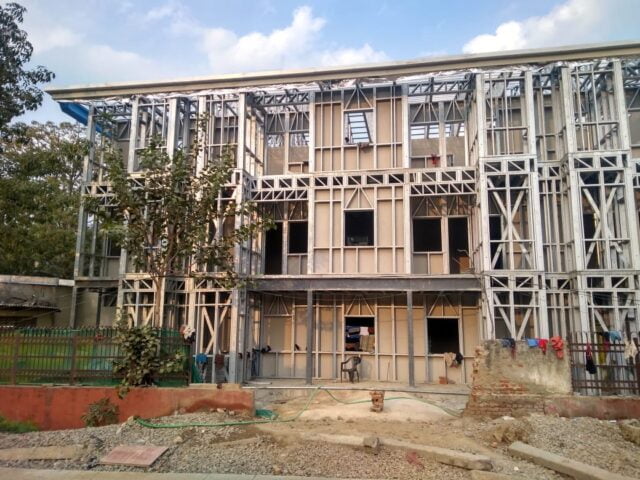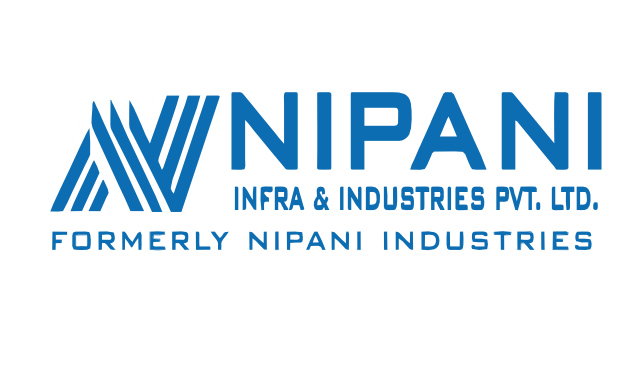It is crucial to complete any construction project within the estimated budget and timeframe while maintaining the quality and durability of the building. But with LGSF Construction it is possible.
India’s population is growing exponentially, so we need to explore alternative construction methods to meet the demands of rapid development and cost reduction.
Traditional building techniques like RCC and brick require a lot of time and are not practical for carrying out construction projects effectively. Thus, Light Gauge Framing System (LGFS) buildings can be used in place of RCC and conventional construction.
Considering the above, the purpose of this blog is to do a comparative analysis of RCC and Light gauge steel frame construction. So let’s get started.
1. Precision in construction quality in LGSF Construction:
Brick and RCC Construction: The quality of construction is inconsistent as it depends on the materials procured from different vendors and the craftsmanship of the labourers.
Light gauge steel frame Construction: They are prefabricated in a factory-controlled environment. As a result, they are manufactured and assembled to very high tolerances with great precision using advanced technology.
2. Dependence on labour:
Brick and RCC Construction: Completely dependent on manual labour and high workforce required.
Light gauge steel frame Construction: They feature computer-aided design in a factory-controlled setting with advanced engineering techniques.
3. Cost of transportation for LGSF Construction:
Brick and RCC Construction: Transport costs are high due to the bulkiness of the materials.
Light gauge steel frame Construction: LGSF construction is 1/10th the weight of brick walls, resulting in substantial transportation savings.
4. Likelihood of seepages and cracks:
Brick and RCC Construction: Brick walls are more susceptible to shrinkage cracks. Furthermore, once seepage occurs, the entire wall has to be demolished and rebuilt.
Light gauge steel frame Construction: Dry walls do not experience shrinkage cracks. If seepage occurs, only the affected portion will need to be cut open, and post-repair, it can be neatly reinstalled.
5. Time required for construction:
Brick and RCC Construction: Wet construction takes a long time. Certain uncontrollable factors, such as weather, local politics in the procurement of quarry material, availability of materials, etc., also influence the construction time.
Light gauge steel frame Construction: 90% of the components are precast and only require on-site assembling, making the construction process faster. In addition, they do not require any drying period. Therefore, it can be completed in 1/3rd the time as traditional RCC construction.
6. Carpet area reduction for LGSF Construction:
Brick and RCC Construction: Uneven surfaces require more plastering material, reducing carpet area by 25%
Light gauge steel frame Construction: Smoother surfaces do not require additional plastering materials, resulting in a larger carpet area.
7. Sound absorption properties:
Brick and RCC Construction: Concrete thickness is often misunderstood as a soundproofing barrier, but it is not. Contrary to popular belief, concrete is not a good sound insulator.
Light gauge steel frame Construction: Rockwool or CLC, also known as foam concrete, can fill the cavity between the wall panels to provide super acoustic insulation. It is also possible to treat the problem of floor’ heel sound’ transfer by using an acoustic lining on the floor before installing the tiles.
8. Thermal insulation:
Brick and RCC Construction: Due to its low thermal conductivity, concrete takes 5-6 hours to warm up or cool down, resulting in increased electricity consumption.
Light gauge steel frame Construction: LGSF buildings are thermally insulated due to the cavity between the wall panels. As a result, the buildings maintain an optimum temperature for the occupants during hot and cold seasons. Additionally, this reduces the electricity bill.
9. Fire Resistance in LGSF Construction:
Brick and RCC Construction: Concrete shrinks at temperatures above 90°C. When the temperature rises, the concrete dehydrates and expands, posing a challenge to the structural integrity of the building.
light gauge steel frame Construction: Steel is resistant to fire as it doesn’t support combustion. However, LGSF can offer fire resistance of up to 120 minutes in a fire accident, depending on the flame retardant coatings used.
10. Performance in seismic zones:
Brick and RCC Construction: Concrete constructions aren’t as lightweight and are susceptible to collapse during high-magnitude earthquakes.
Light gauge steel frame Construction: LGSF is lighter than concrete buildings, meaning that the earthquake potency executed on the buildings is five times lighter. Moreover, the high tensile strength allows it to resist earthquake-induced stress without crumbling.
11. Sustainability in LGSF Construction:
Brick and RCC Construction: Concrete production emits 2.8 billion tonnes of CO2, which accounts for 4-8 per cent of global greenhouse gas emissions. Additionally, It is a significant contributor to the fast depletion of natural resources like timber, sand, and rocks, eventually leading to airborne pollution during demolition.
Light gauge steel frame Construction: Steel is the only building material that can be recycled after 250 years. It can therefore be disassembled and reused to create new structures, thus reducing resource wastage.

Wrapping up
According to the above comparative analysis, LGSF outperforms RCC on almost all grounds, making it a superior substitute to conventional RCC construction. Therefore, LGSF is a sustainable approach to meet the future demands of the construction industry.
Since its establishment in 1996, Nipani Infra and Industries Pvt Ltd has been at the forefront of the LGSF revolution in India. Over the years, our experts have contributed to numerous challenging projects, including premier education institutes in India, such as IIT Guwahati, IIT Pallakad, and IIT Mandi, as well as government departments like Orissa PWD, CPWD, PIU, and UPRNN, to name a few. So feel free to contact us if you have been inspired to incorporate
LGSF into your next construction project.
For Regular Updates follow our Facebook page now: nipanifacebook.com
To know more read our blogs: nipaniblogs.com


